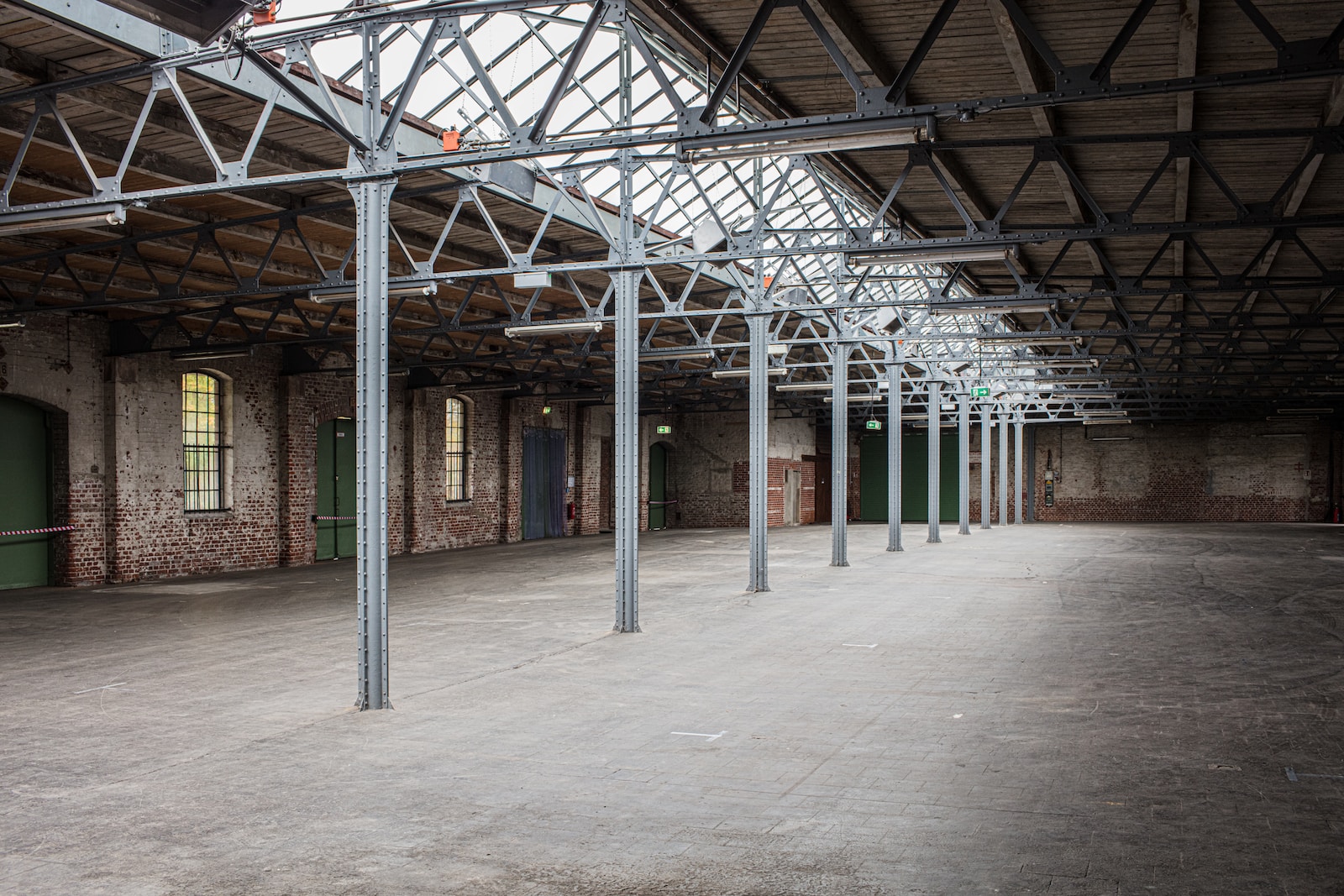- Fixed costs are an essential component of break-even analysis.
- They are costs that do not vary with changes in the level of output or sales revenue. In other words, they remain constant regardless of the volume of production or sales.
- Fixed costs are often associated with capital expenditures, such as buildings, equipment, and salaries, and are a crucial consideration for managers when making decisions about pricing, product mix, and production levels.
Features/Characteristics of Fixed Costs:
- Fixed costs do not vary with changes in production levels or sales volumes.
- They are often associated with capital investments and are typically long-term in nature.
- Fixed costs are incurred irrespective of the production output and sales volumes.
- They are not directly proportional to the volume of production or sales.
- Fixed costs can be planned and budgeted with a high degree of accuracy.
- They are usually incurred over a period, such as a month, quarter or year.
- Examples of fixed costs include rent, salaries, insurance premiums, and property taxes.
- Fixed costs can be either direct or indirect.
- Fixed costs remain constant per unit, as production levels change.
- Fixed costs are part of the total cost equation and can be represented as y = a + bx, where a is the fixed cost component and b is the variable cost component.
Importance of Knowing if a Cost is Fixed or Not:
- It is essential to know if a cost is fixed or not for several reasons. Firstly, the break-even point depends heavily on the fixed cost component of the cost equation.
- Secondly, fixed costs can affect pricing decisions, as they must be accounted for when determining a product’s price.
- Thirdly, fixed costs can impact a company’s profitability, as they are often incurred regardless of sales volumes.
- Finally, fixed costs can influence decisions about whether to outsource or insource production or to invest in new capital expenditures.




